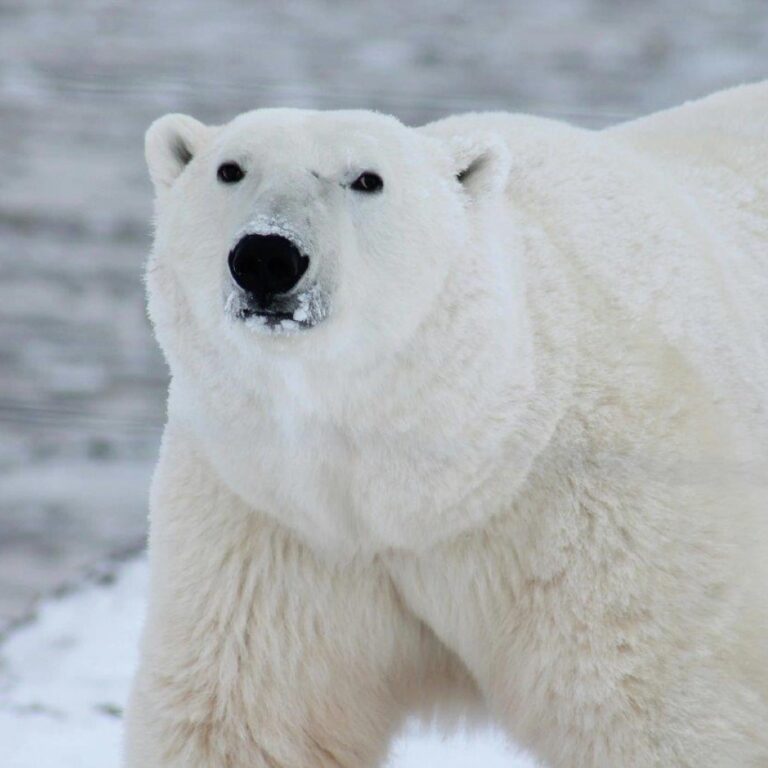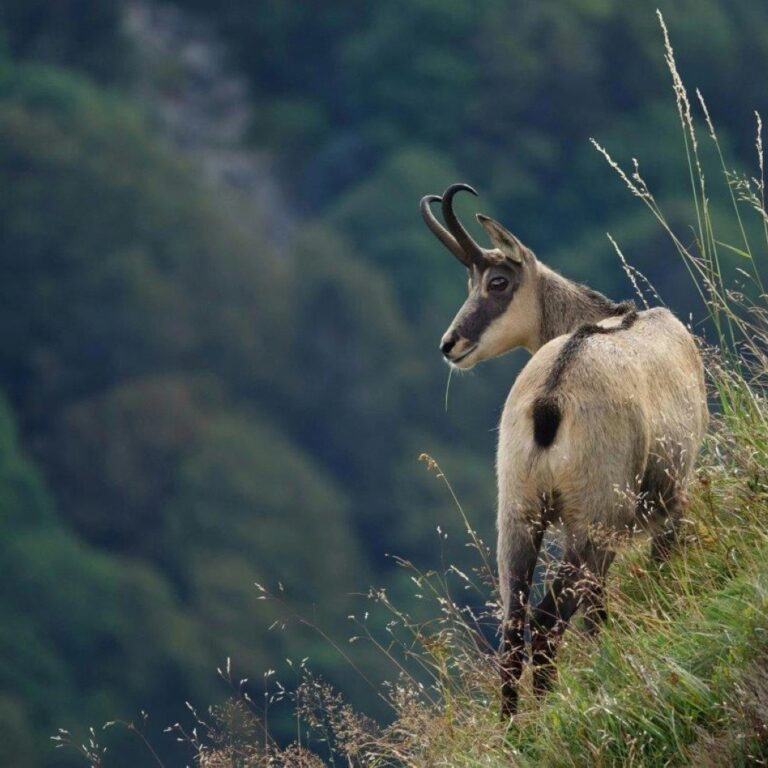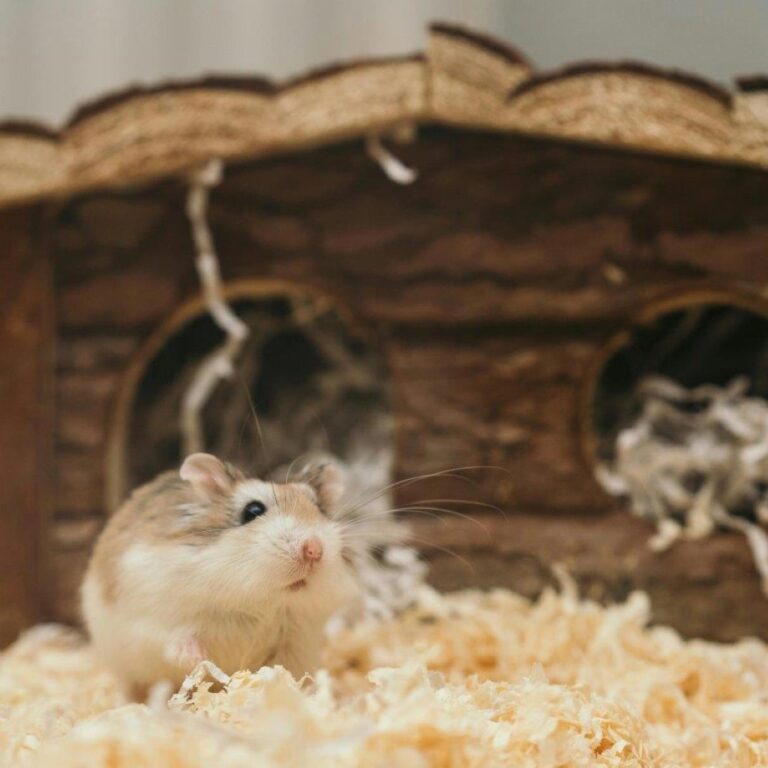Polar bears are the largest land carnivores on Earth, with adult males weighing up to 1,500 pounds and measuring up to 10 feet in length.
They are excellent swimmers and can swim for long distances—sometimes over 60 miles—without resting. Their large, partially webbed paws make them powerful swimmers.
Their fur appears white, but it is actually translucent. The hairs reflect light, which helps the bears blend into their snowy environment and stay camouflaged while hunting.
Beneath their thick fur, polar bears have black skin, which helps them absorb and retain heat from the sun's rays. This is crucial for surviving in the frigid Arctic temperatures.
Polar bears primarily hunt seals, which they catch by waiting near breathing holes in the ice. They are also known to stalk seals resting on the ice or break into seal dens to catch pups.
The polar bear's sense of smell is incredibly acute. They can detect the scent of a seal from nearly a mile away and can even smell seals beneath several feet of compacted snow and ice.
They have a layer of fat that can be up to 4.5 inches thick. This blubber provides insulation against the cold and serves as an energy reserve during times when food is scarce.
Polar bears are solitary animals, except for mothers with cubs or during the breeding season. They have large home ranges, which they roam in search of food and mates.
Female polar bears give birth to one to three cubs in dens they dig into the snow. The cubs are born blind and helpless, relying entirely on their mother's milk and warmth for survival.
They are classified as marine mammals because they spend most of their lives on the sea ice of the Arctic Ocean, depending on the ice to hunt, breed, and travel.
Climate change is the greatest threat to polar bears, as it leads to the loss of sea ice, which is essential for their hunting and survival. As the ice melts, polar bears are forced to travel farther and expend more energy to find food.
They have a relatively slow reproduction rate. Females typically give birth every three years, and the survival of cubs is closely linked to the availability of sea ice and food.
Polar bears are known to be curious and will investigate unfamiliar objects in their environment. This behavior, combined with their powerful sense of smell, often leads them to human settlements in search of food.
Polar bears have been observed using tools in the wild, such as using blocks of ice to help break into seal dens. This demonstrates their problem-solving abilities and intelligence.
Conservation efforts are crucial for the survival of polar bears. Protecting their Arctic habitat, reducing greenhouse gas emissions, and preventing human-wildlife conflict are essential to ensuring the future of this iconic species.


